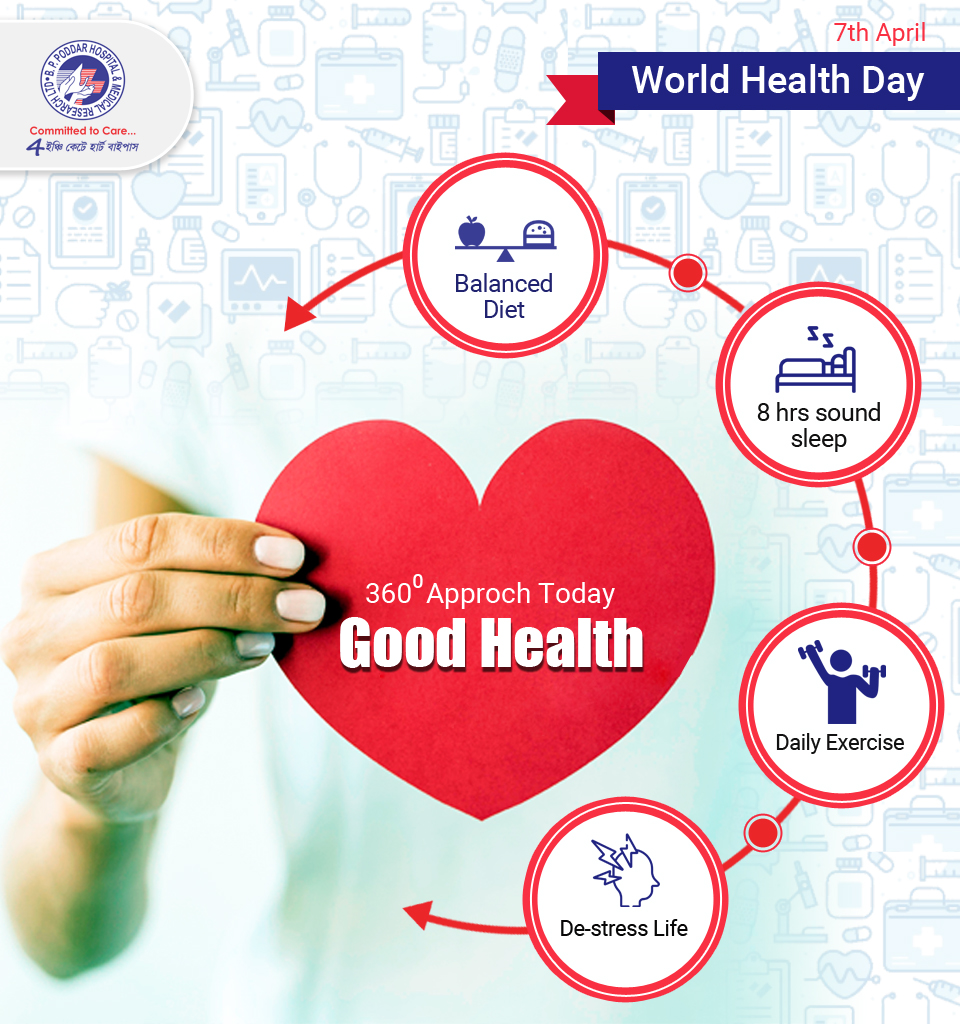
[cmsmasters_row][cmsmasters_column data_width="1/1"][cmsmasters_text]
What is Dengue?
Dengue is a self-limiting acute mosquito transmitted disease characterized by fever, headache, muscle, joint pains, rash, nausea and vomiting. Dengue Fever (DF) is caused by an arbovirus and spread by Aedes mosquitoes. Some infections result in Dengue Haemorrhagic Fever (DHF) and in its severe form Dengue Shock Syndrome (DSS) can threaten the patientÃÂÂs life primarily through increased vascular permeability and shock. Over the past two decades, there has been global increase in the frequency of DF, DHF and its epidemics, with a concomitant increase in disease incidence. Various factors responsible for the resurgence of dengue epidemic are:
(i) Un-precedented human population growth
(ii) Un-planned and un-controlled urbanization
(iii) Inadequate waste management
(iv) Water supply mismanagement
(v) Increased distribution and densities of vector mosquitoes
(vi) Lack of effective mosquito control has increased movement & spread of dengue viruses and development of hyper endemicity and
(vii) Deterioration in public health infrastructure
About the Aedes mosquito
The aedes aegypti mosquito is considered the primary vector of Dengue. It lives in urban habitats and breeds mostly in man-made containers. Ae. aegypti is a day-time feeder; its peak biting periods are early in the morning and in the evening before sunset.  Female Ae. aegypti frequently feed multiple times between each egg-laying period. Once a female has laid her eggs, these eggs can remain viable for several months, and will hatch when they in contact with water.
It has to be noted that the mosquito can also bite at night time at places which are well lit (example indoor and therefore precaution needs to be taken according.
Signs and Symptoms
Dengue should be suspected when a high fever (104 °F) is accompanied by 2 of the following symptoms during the fever phase:
A patient enters what is called the critical phase normally about 3-7 days after illness onset. It is at this time, when the fever is dropping (below 100 °F) in the patient, that warning signs associated with severe dengue can manifest. Severe dengue is a potentially fatal complication, due to plasma leaking, fluid accumulation, respiratory distress, severe bleeding, or organ impairment.
Warning signs that doctors should look for include:
If patients manifest these symptoms during the critical phase, close observation for the next 24–48 hours is essential so that proper medical care can be provided, to avoid complications and risk of death.
Treatment
There is no specific treatment for dengue fever. Fever reducers (anti-pyretic) can be taken to control the symptoms of muscle aches and pains, and fever. The best options to treat these symptoms is Paracetamol.
NSAIDs (non-steroidal anti-inflammatory drugs), such as ibuprofen and aspirin should be STRICTLY AVOIDED. These anti-inflammatory drugs act by thinning the blood, and in a disease with risk of hemorrhage, blood thinners may exacerbate the prognosis.
For Severe Dengue, medical care by physicians and nurses experienced with the effects and progression of the disease can save lives. Maintenance of the patient's body fluid volume is critical to severe dengue care. Patients with Dengue should seek medical advice upon the appearance of warning signs.
[/cmsmasters_text][/cmsmasters_column][/cmsmasters_row]